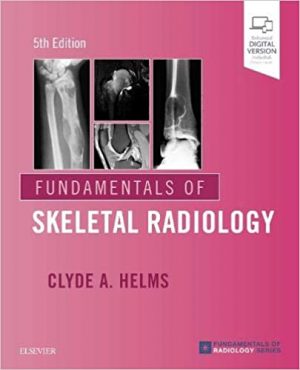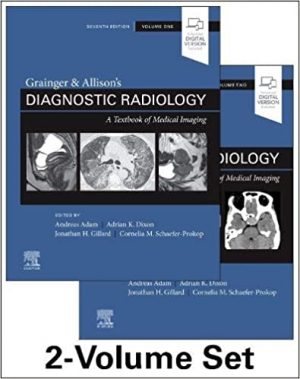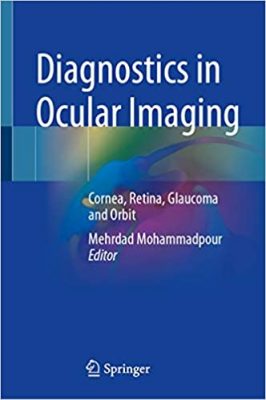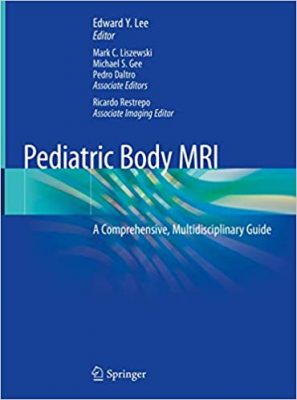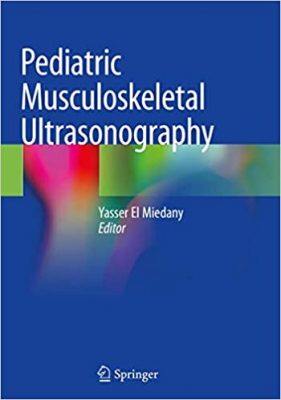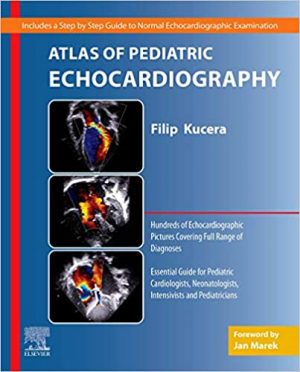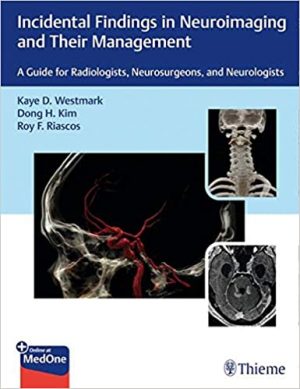Image-Guided Interventions: Expert Radiology Series 3rd Edition
Image-Guided Interventions: Expert Radiology Series 3rd Edition

Image-Guided Interventions: Expert Radiology Series 3rd Edition
Completely revised to reflect recent, rapid changes in the field of interventional radiology (IR), Image-Guided Interventions, 3rd Edition, offers comprehensive, narrative coverage of vascular and nonvascular interventional imaging―ideal for IR subspecialists as well as residents and fellows in IR. This award-winning title provides clear guidance from global experts, helping you formulate effective treatment strategies, communicate with patients, avoid complications, and put today’s newest technology to work in your practice.
- Offers step-by-step instructions on a comprehensive range of image-guided intervention techniques, including discussions of equipment, contrast agents, pharmacologic agents, antiplatelet agents, and classic signs, as well as detailed protocols, algorithms, and SIR guidelines.
- Includes new chapters on Patient Preparation, Prostate Artery Embolization, Management of Acute Aortic Syndrome, Percutaneous Arterial Venous Fistula Creation, Lymphatic Interventions, Spinal and Paraspinal Nerve Blocks, and more.
- Employs a newly streamlined format with shorter, more digestible chapters for quicker reference.
- Integrates new patient care and communication tips throughout to address recent changes in practice.
- Highlights indications and contraindications for interventional procedures, and provides tables listing the materials and instruments required for each.
- Features more than 2,300 state-of-the-art images demonstrating IR procedures, full-color illustrations of anatomical structures and landmarks, and video demonstrations online.
DOWNLOAD THIS BOOK

